Table of content
In the bustling streets of China’s night markets and the intimate corners of home kitchens, a dish sizzles with irresistible allure: stir-fried river snail meat. This culinary creation, known for its bold flavors, tender texture, and tantalizing aroma, has captivated taste buds for centuries. Rooted in China’s culinary heritage yet adaptable to modern palates, this dish embodies the art of balancing heat, spice, and umami. Let us embark on a journey to explore the history, techniques, and cultural significance of this beloved delicacy.
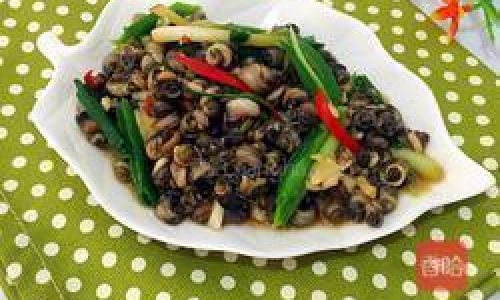
A Historical Tapestry: From Humble Beginnings to Gourmet Stardom
The story of stir-fried river snail meat begins in China’s waterways, where freshwater snails thrived in rivers, lakes, and paddy fields. For centuries, these mollusks were a humble protein source for rural communities, especially in regions like Sichuan, Hunan, and Guangdong. Farmers and fishermen would gather snails, clean them meticulously, and transform them into meals that were both nourishing and affordable.
Over time, the dish evolved from a peasant staple to a gourmet favorite. Chefs began experimenting with spices and cooking methods, infusing the snail meat with fiery chili peppers, pungent garlic, and fragrant herbs. Today, it is a star attraction in restaurants, night markets, and home kitchens alike, celebrated for its ability to ignite the senses and bring people together.
The Anatomy of Flavor: Key Ingredients and Their Roles
At the heart of stir-fried river snail meat lies a carefully curated blend of ingredients, each contributing to the dish’s complex flavor profile:
- River Snail Meat: The star ingredient, snail meat is prized for its chewy yet tender texture. When cooked correctly, it absorbs flavors like a sponge, making it a versatile canvas for spices and sauces.
- Aromatics: Garlic, ginger, and scallions form the flavor base, adding pungency and freshness.
- Chili Peppers: Dried red chilies or fresh bird’s-eye chilies provide the signature heat, varying from mild to face-melting depending on regional preferences.
- Fermented Sauces: Chili bean paste (doubanjiang), soy sauce, and oyster sauce contribute depth and umami.
- Sichuan Peppercorns: These prickly peppercorns add a numbing, tingling sensation that elevates the dish’s complexity.
- Herbs and Garnishes: Cilantro, basil, or sesame seeds are often sprinkled on top for a burst of color and aroma.
The Cooking Process: Precision Meets Passion
Mastering stir-fried river snail meat requires skill, speed, and an understanding of heat dynamics. Here’s a step-by-step breakdown:
Cleaning and Preparing the Snails
- Purging: Fresh snails are soaked in water with salt or oil for several hours to encourage them to expel grit and mud.
- Boiling: The snails are briefly boiled to loosen the meat from the shells. Some chefs prefer to crack the shells partially for easier meat extraction.
- Extracting the Meat: The meat is carefully removed, discarding the dark, inedible portions.
Marinating the Meat
The snail meat is marinated in a mixture of soy sauce, Shaoxing wine, cornstarch, and white pepper. This step tenderizes the meat and infuses it with a foundational savory note.
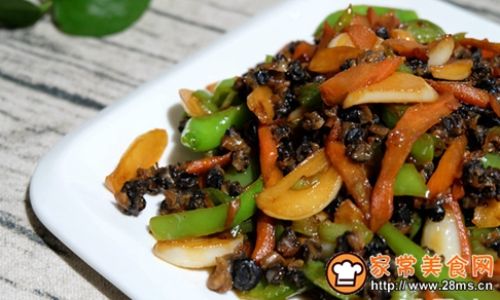
The Wok Technique: Fire and Motion
- Heating the Wok: A carbon-steel wok is heated until smoking hot, ensuring a quick sear that locks in juices.
- Aromatics First: Garlic, ginger, and dried chilies are stir-fried in oil until fragrant.
- Adding the Meat: The marinated snail meat is tossed into the wok, searing rapidly to develop a caramelized exterior.
- Sauce Integration: A blend of soy sauce, chili bean paste, oyster sauce, and a touch of sugar is poured in, coating the meat in a glossy, flavorful glaze.
- Finishing Touches: Sichuan peppercorns, scallions, and a splash of vinegar are added at the end, balancing the heat with citrusy brightness.
Plate and Presentation
The dish is often served in a communal bowl, garnished with fresh herbs and accompanied by steamed rice or cold beer. The vibrant colors—red from chilies, green from herbs—make it as visually stunning as it is delicious.
Regional Variations: A Tapestry of Tastes
China’s vast geography has given rise to countless regional interpretations of stir-fried river snail meat:
- Sichuan Style: Emphasizes mala (numbing-spicy) flavors, with generous use of Sichuan peppercorns and dried chilies.
- Hunan Style: Favors fresh, fiery chilies and a smoky flavor imparted by open-fire cooking.
- Guangdong Style: A milder version, often sweetened with a touch of honey and accentuated with black beans.
- Street Food Twist: In night markets, vendors might add pickled vegetables or crispy fried dough sticks for texture.
Cultural Significance: More Than Just a Meal
Stir-fried river snail meat is deeply woven into China’s social fabric. It is a fixture at:
- Night Markets: A quintessential snack paired with ice-cold beer under neon lights.
- Family Gatherings: A symbol of abundance and shared joy during festivals like Chinese New Year.
- Romantic Dinners: Served in upscale restaurants as a luxurious appetizer.
The dish also carries practical symbolism. In some regions, snails represent perseverance—their slow, steady movement mirroring the value of patience in life and cooking.
Health and Nutrition: A Guilty Pleasure with Benefits
While stir-fried river snail meat is undeniably indulgent, it offers surprising nutritional perks:
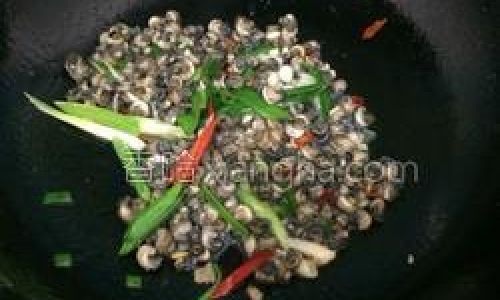
- Low in Fat, High in Protein: Snail meat is lean and rich in essential amino acids.
- Mineral-Rich: A good source of iron, magnesium, and selenium.
- Probiotic Potential: Fermented ingredients like chili bean paste introduce beneficial bacteria.
However, moderation is key due to the dish’s high sodium and spice content.
Modern Adaptations: Global Fusion and Innovation
As Chinese cuisine gains global traction, stir-fried river snail meat has inspired creative twists:
- Fusion Tacos: Snail meat marinated in soy and chili, served in corn tortillas with pickled veggies.
- Gourmet Canapés: Miniature versions atop crispy wonton chips for upscale events.
- Vegan Alternatives: Mushrooms or tofu mimicking snail meat’s texture, marinated in the same flavorful sauce.
The Perfect Pairing: Beverages and Sides
To complement the dish’s bold flavors:
- Beverages: Crisp lagers, light white wines, or jasmine tea cut through the richness.
- Sides: Steamed buns, pickled daikon, or cucumber salad provide refreshing contrast.
Challenges and Tips for Home Cooks
Recreating this dish at home can be daunting, but with patience, success is achievable:
- Sourcing Snails: Look for fresh or frozen snail meat at Asian markets. Canned varieties work in a pinch but lack texture.
- Spice Control: Adjust chili quantities to taste. For less heat, remove seeds from fresh peppers.
- Wok Technique: If you lack a wok, use a cast-iron skillet on high heat to mimic the searing effect.
- Safety First: Ensure snails are thoroughly cooked to eliminate parasites.
Conclusion: A Dish That Transcends Borders
Stir-fried river snail meat is more than a meal—it’s a celebration of China’s culinary ingenuity. From its humble origins in rural kitchens to its status as a global sensation, this dish embodies the magic of transforming simple ingredients into an explosive tapestry of flavor. Whether you’re a seasoned chef or a curious foodie, mastering this recipe offers a gateway to understanding the soul of Chinese cooking: fire, spice, and the joy of sharing a meal with those you cherish.
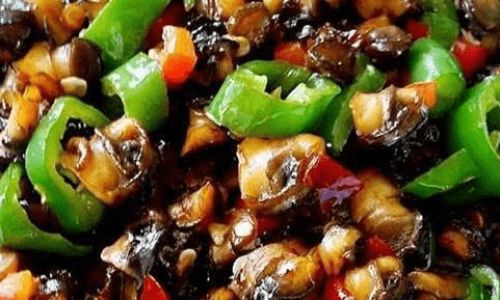
So, the next time you hear the sizzle of a wok and the tantalizing aroma of garlic and chili fills the air, remember—you’re not just tasting a dish. You’re experiencing a legacy.
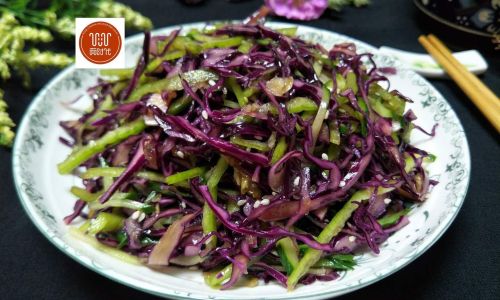




0 comments